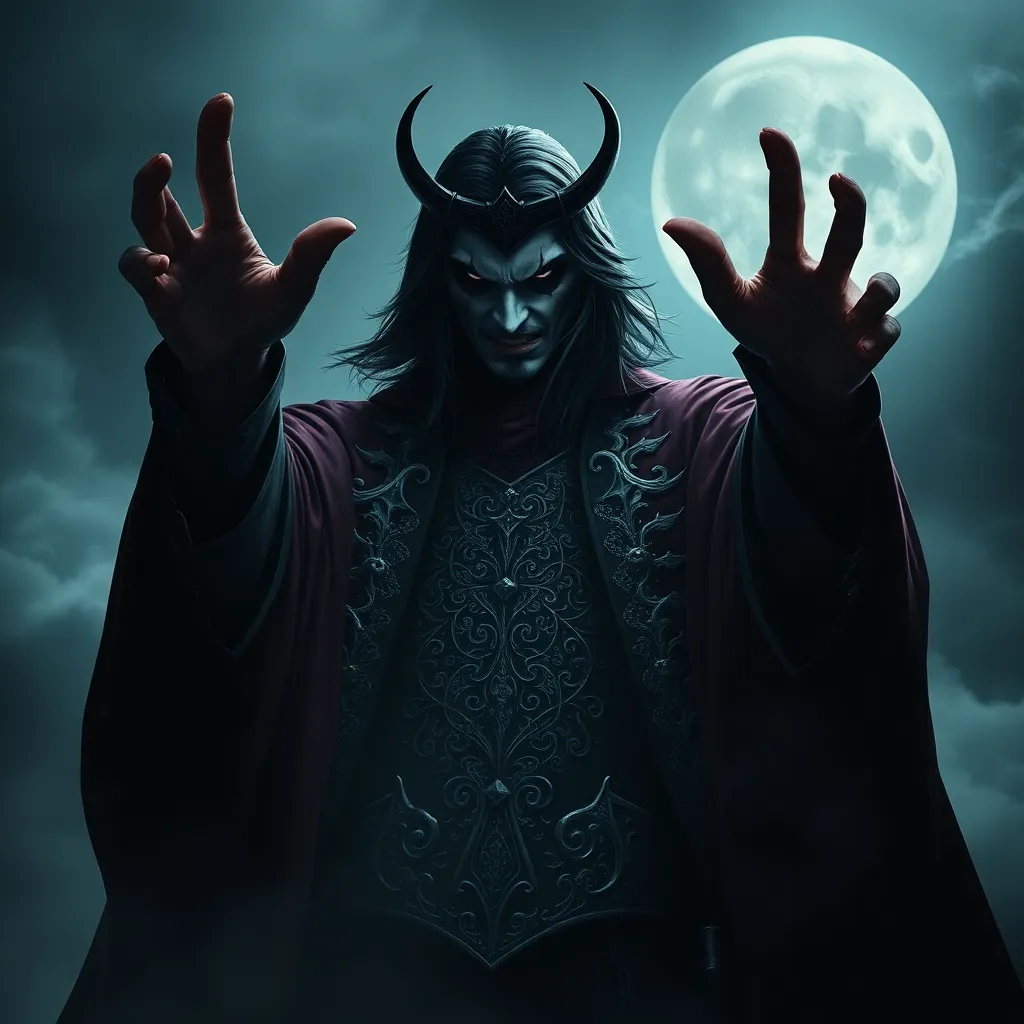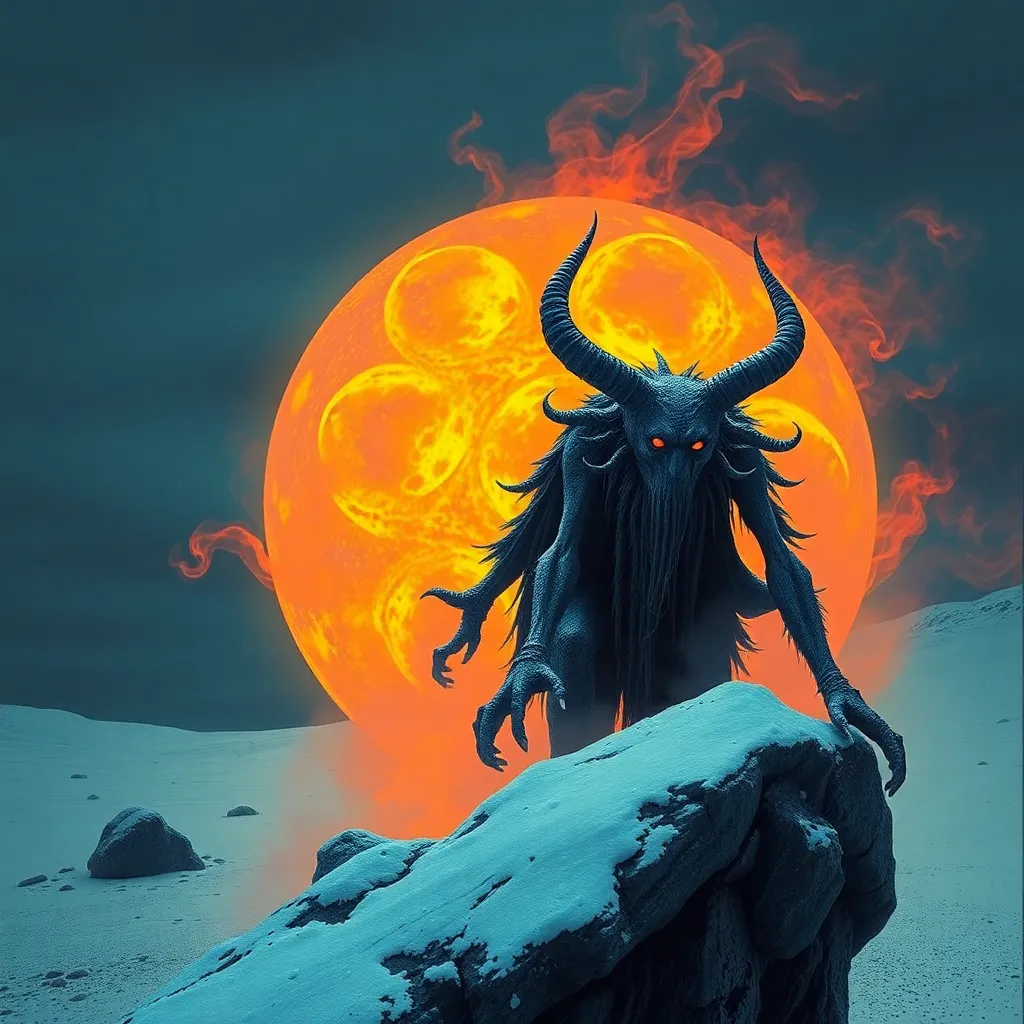The Alucard: Dracula’s Origins and the Romanian Vampire’s Historical Roots
I. Introduction
Dracula, the archetypal vampire, has captivated audiences for centuries with his dark allure and chilling legend. The character is steeped in rich cultural significance, embodying themes of fear, power, and the supernatural. This article aims to explore the figure of Alucard—often seen as an alternative representation of Dracula—and to delve into his historical roots in Romanian folklore.
II. The Legend of Dracula: A Brief Background
A. Vlad the Impaler and the inspiration for Dracula
The legend of Dracula is inextricably linked to the historical figure Vlad III of Wallachia, known as Vlad the Impaler. Born in 1431, Vlad earned his infamous nickname due to his brutal method of punishing enemies by impalement. His reign was marked by violence and a relentless quest for power, which has contributed to his notoriety as a tyrant.
B. The transformation of Vlad into the Dracula myth
Vlad’s life and deeds provided a fertile ground for the creation of the Dracula myth. The modern vampire legend was largely popularized by Bram Stoker’s 1897 novel, “Dracula,” which reimagined Vlad as Count Dracula, blending historical facts with supernatural elements. This transformation solidified his image as a bloodthirsty creature of the night, forever entwining his legacy with the vampire mythos.
III. Understanding Alucard: The Name and Its Meaning
A. The significance of the name “Alucard”
The name “Alucard” is a clever play on the word “Dracula,” as it is “Dracula” spelled backward. This inversion symbolizes the duality of the character, suggesting themes of good and evil, life and death. Alucard often represents a more complex interpretation of the vampire archetype, embodying both the seductive and monstrous qualities of his progenitor.
B. Connections to literature and popular culture
Alucard has appeared in various works of literature and media, becoming a notable figure in his own right. From the “Hellsing” manga and anime series to video games like “Castlevania,” Alucard serves as a multifaceted character that both honors and subverts traditional vampire tropes.
IV. Romanian Folklore and the Concept of Vampires
A. Traditional beliefs about vampires in Romanian culture
Romanian folklore is rich with tales of the strigoi, beings that share characteristics with what we now consider vampires. These creatures were believed to be the restless spirits of the dead who returned to torment the living. Traditional beliefs included:
- Strigoi can rise from the grave at night to feed on the blood of the living.
- They are often associated with witchcraft and dark magic.
- Family members who died under violent or unnatural circumstances were more likely to become strigoi.
B. Key characteristics of Romanian vampires versus Western depictions
While Western vampire lore often emphasizes romanticism and seduction, Romanian vampires are portrayed as more malevolent and grotesque. They are typically depicted as ghastly figures with a more monstrous appearance, often lacking the charm associated with characters like Dracula.
V. The Evolution of the Vampire Mythos
A. Historical accounts of vampire-like beings in Romania
Throughout history, Romania has produced numerous accounts of vampire-like beings, deeply rooted in local superstitions. Tales of the strigoi, nosferatu, and other vampire variants have influenced the way vampires are perceived globally. Historical records from the 18th and 19th centuries often describe cases of supposed vampire activity, where corpses were exhumed and found to be in a state of preservation, fueling the vampire hysteria.
B. The impact of folklore on the modern vampire narrative
The folklore surrounding Romanian vampires has significantly shaped the modern vampire narrative. Elements such as the association with blood, immortality, and the fear of the undead have persisted through adaptations in literature and film, creating a lasting legacy that continues to evolve.
VI. Alucard in Literature and Media
A. Depictions of Alucard in various works (e.g., Bram Stoker’s Dracula, Hellsing)
Alucard’s character has been reinterpreted in various forms of media. In Bram Stoker’s “Dracula,” the character is presented primarily through the lens of horror and dread, whereas Alucard in the “Hellsing” series is portrayed as a more complex figure, often serving as an anti-hero. This duality allows Alucard to resonate with audiences seeking both horror and depth in vampire narratives.
B. The influence of these portrayals on popular culture
The portrayal of Alucard has had a substantial impact on popular culture, influencing the representation of vampires in contemporary media. Elements such as the brooding anti-hero and the exploration of moral ambiguity in vampire characters can be traced back to the different interpretations of Alucard in literature and film.
VII. The Cultural Impact of Alucard and Dracula
A. How Alucard has shaped perceptions of vampires globally
Alucard’s representation has contributed to a more nuanced understanding of vampires in global culture. His character challenges the traditional view of vampires as purely evil beings, adding layers of complexity and moral ambiguity to the archetype. This evolution reflects society’s changing attitudes towards good and evil, life and death.
B. The legacy of Dracula in Romanian tourism and cultural identity
Dracula’s legacy has transformed Romania into a hub for tourism, with many visitors drawn to the myths surrounding Vlad the Impaler and the Dracula legend. Castles like Bran Castle are marketed as “Dracula’s Castle,” attracting tourists eager to explore the intersection of history and myth. This fascination has become an integral part of Romanian cultural identity, blending folklore with national pride.
VIII. Conclusion
The enduring appeal of Dracula and his alter ego Alucard highlights the complex interplay between history and myth in vampire lore. These characters continue to captivate audiences worldwide, reflecting our deepest fears and desires. As we explore the origins of these figures, we uncover not just a story of blood and darkness but a rich tapestry of cultural significance that transcends time and geography.



